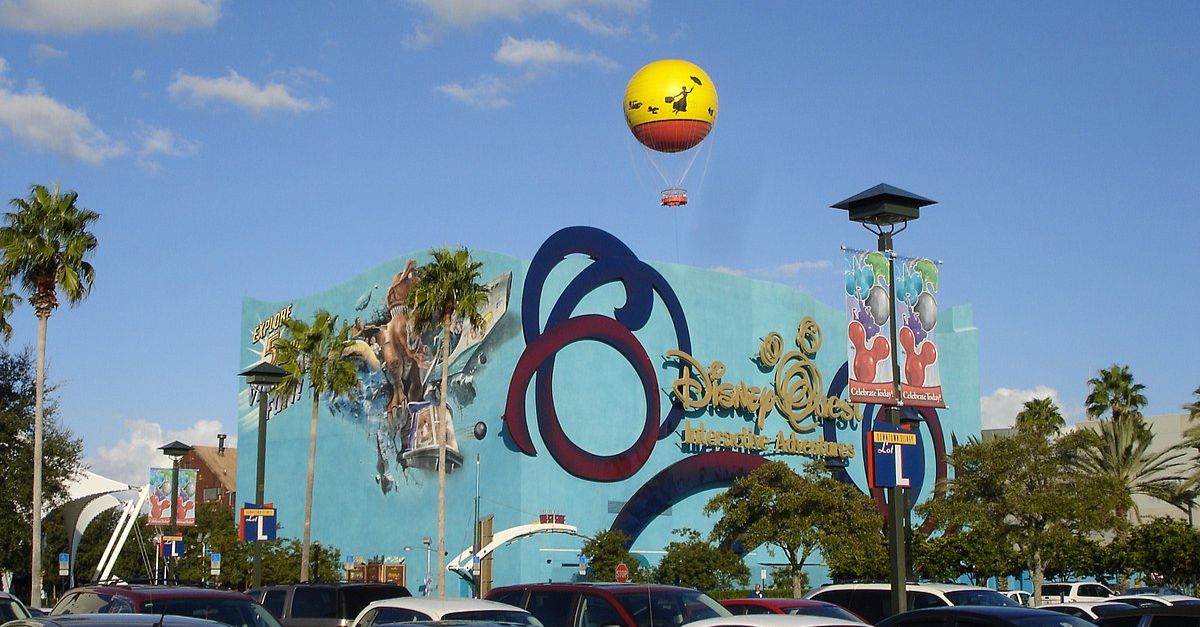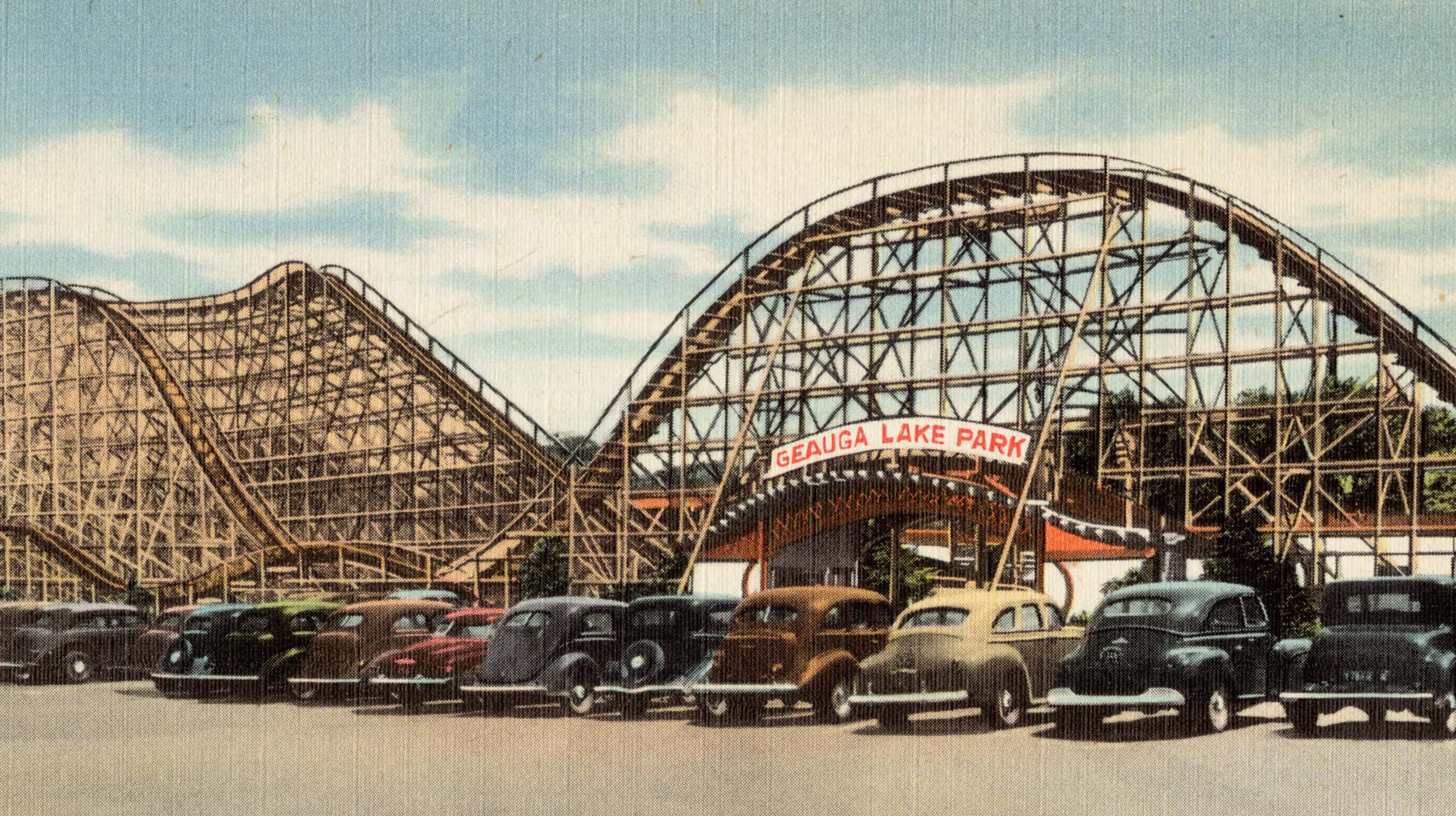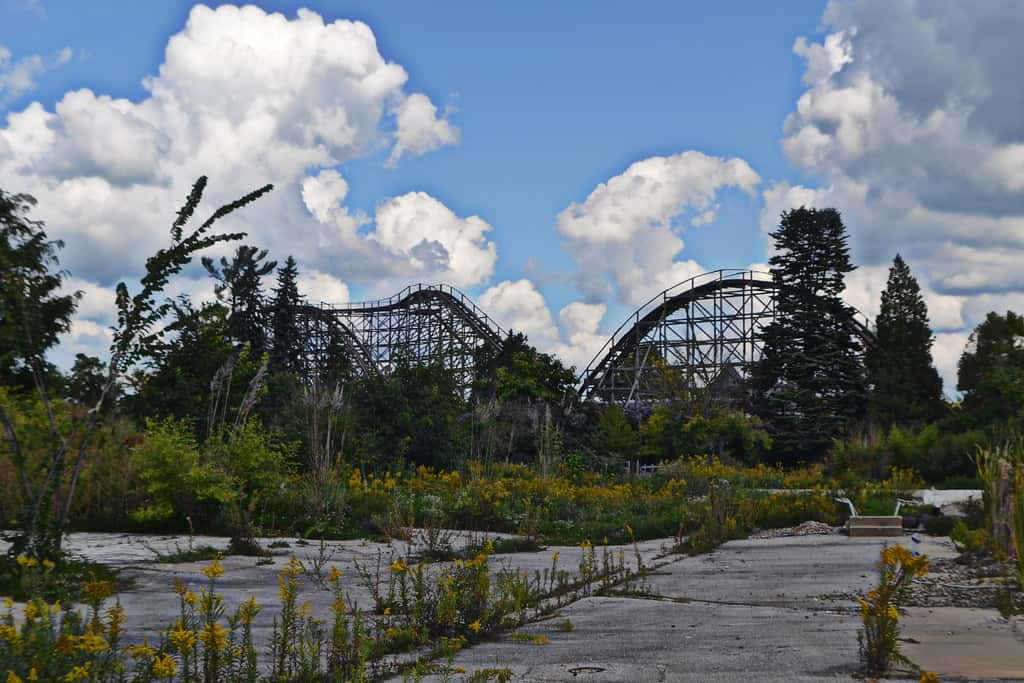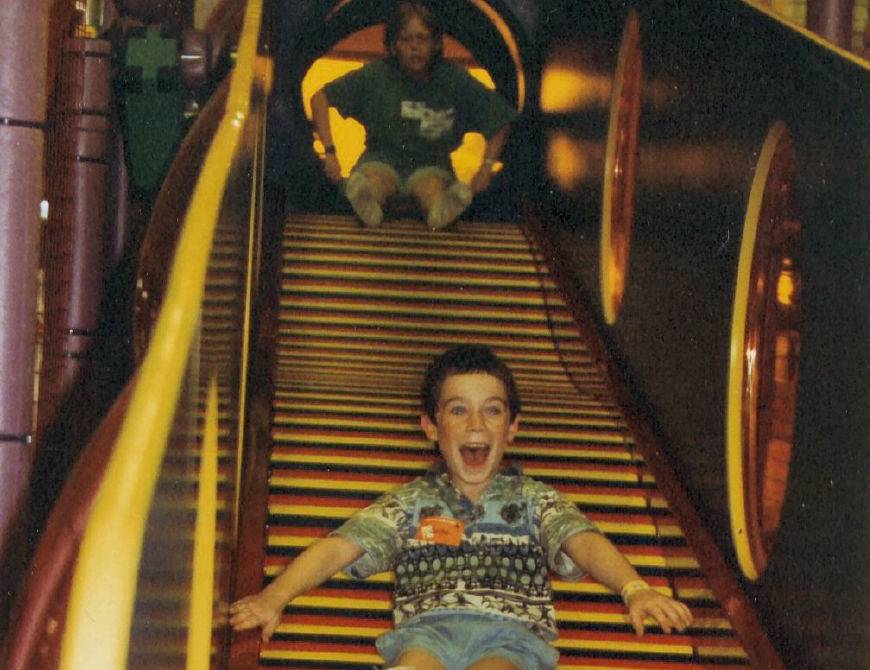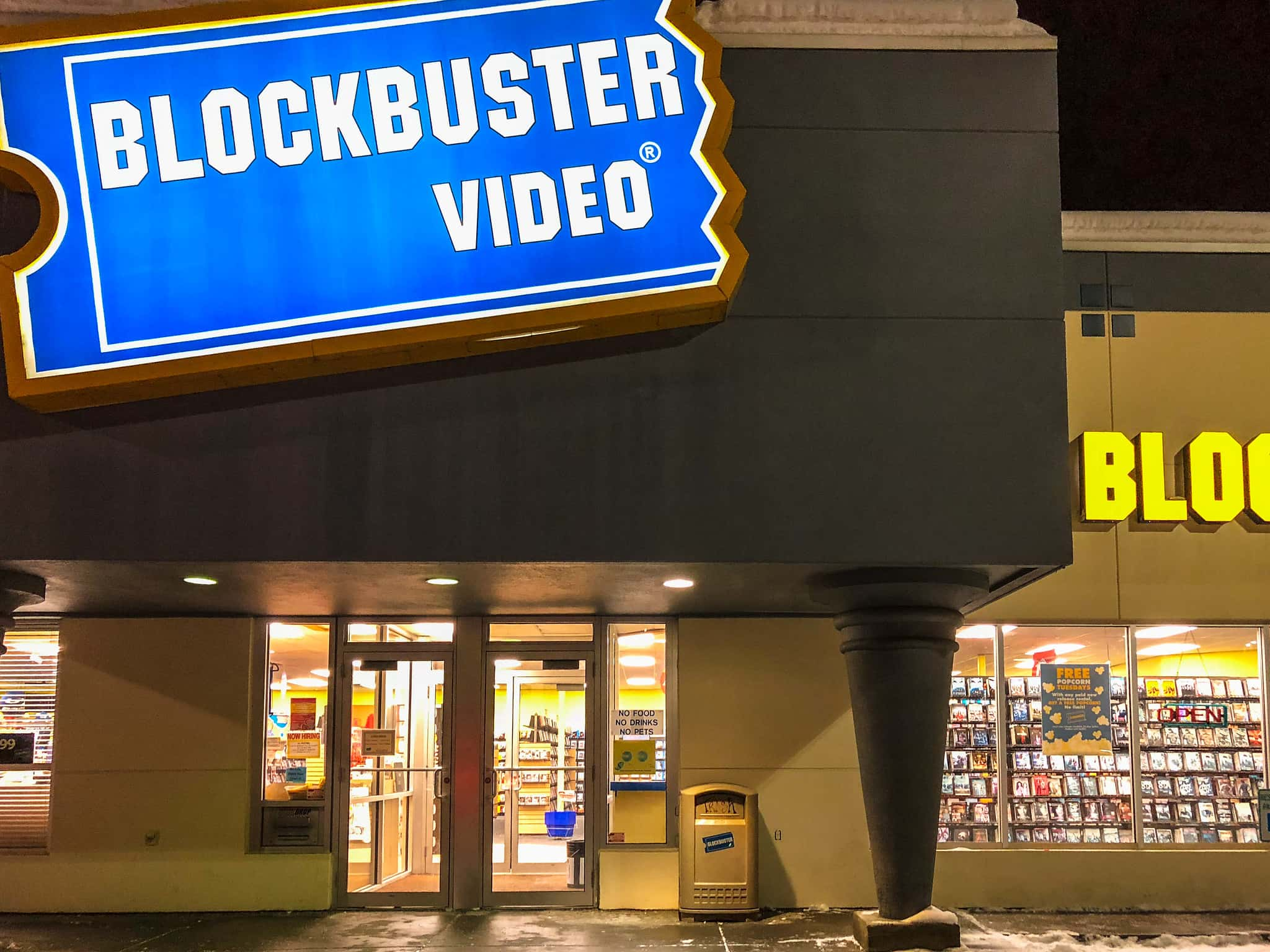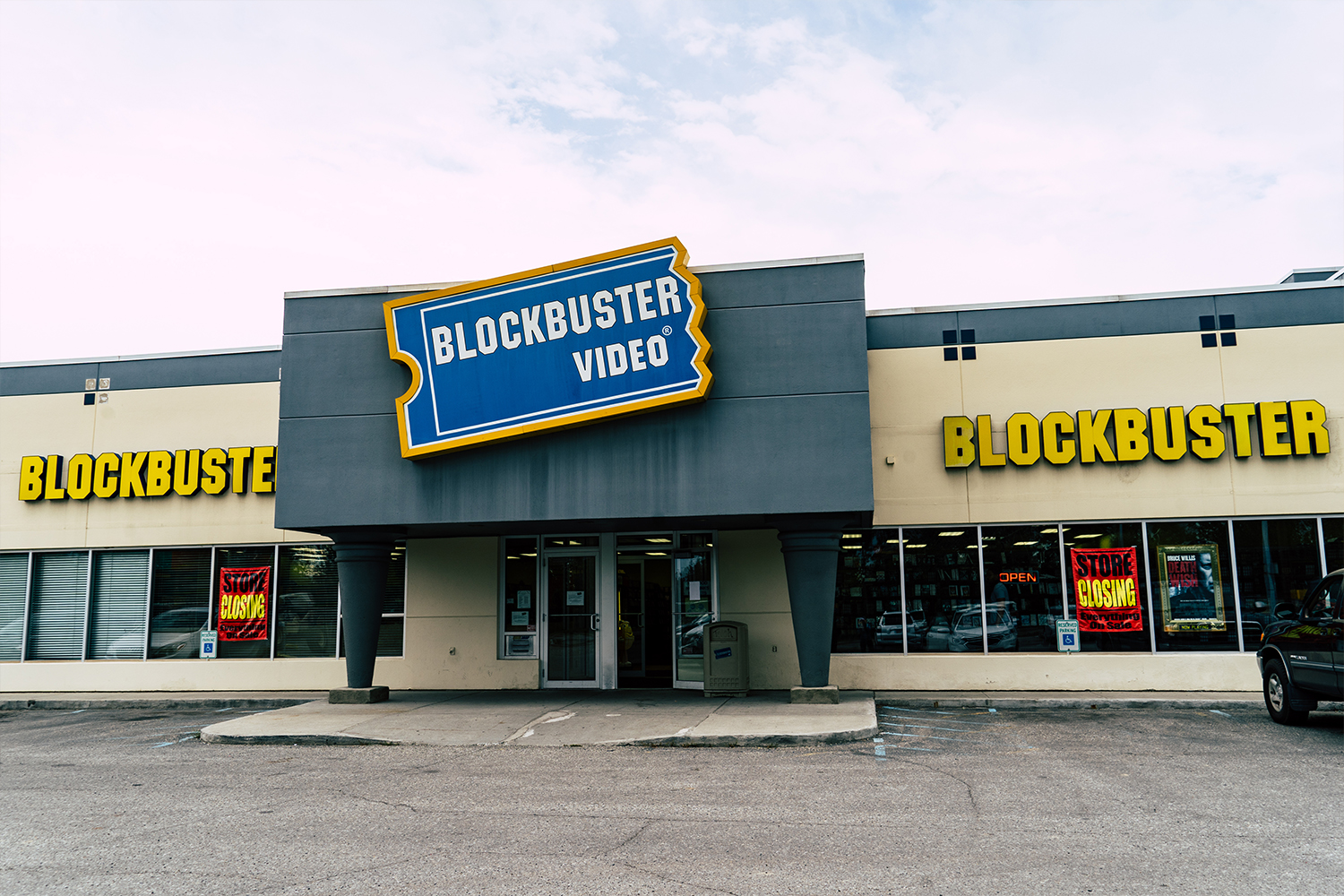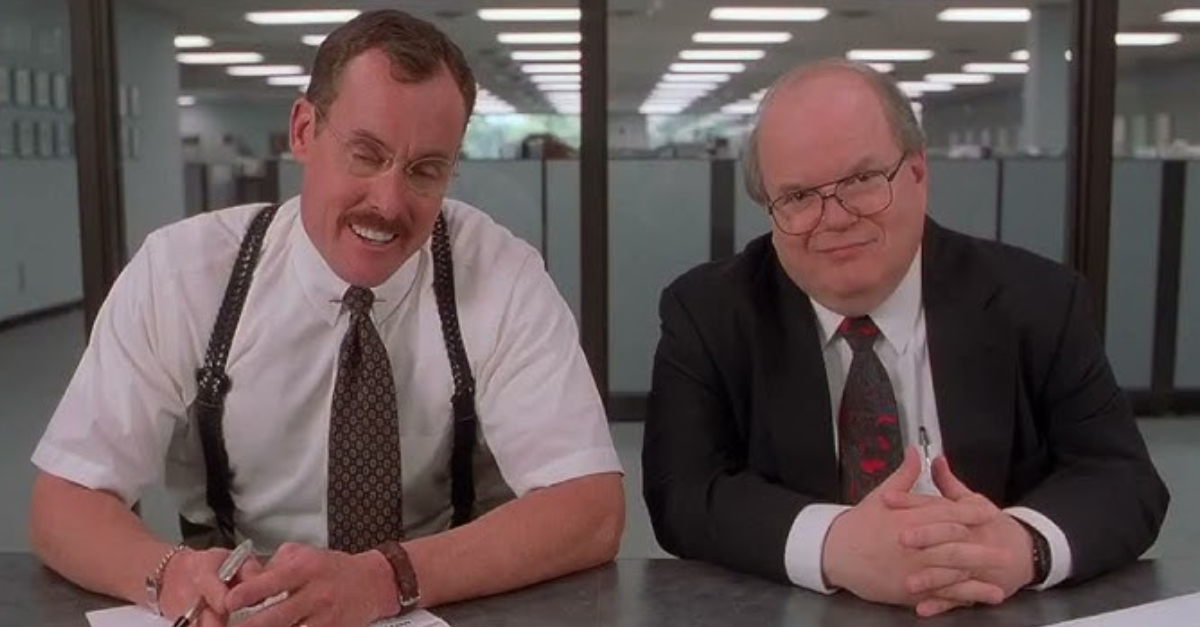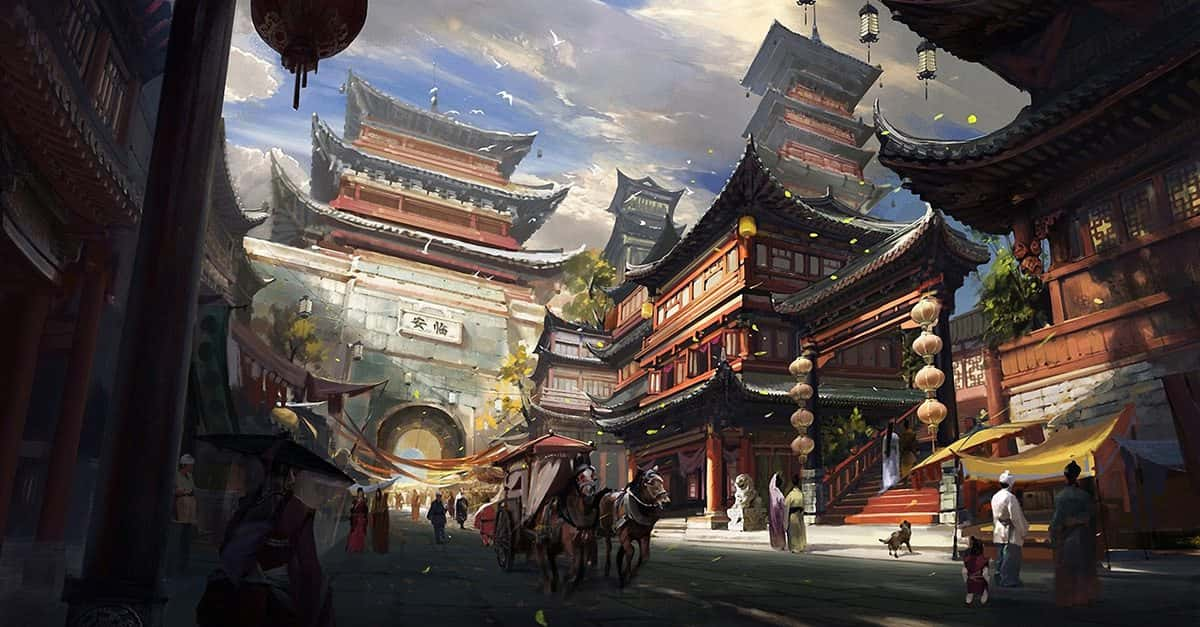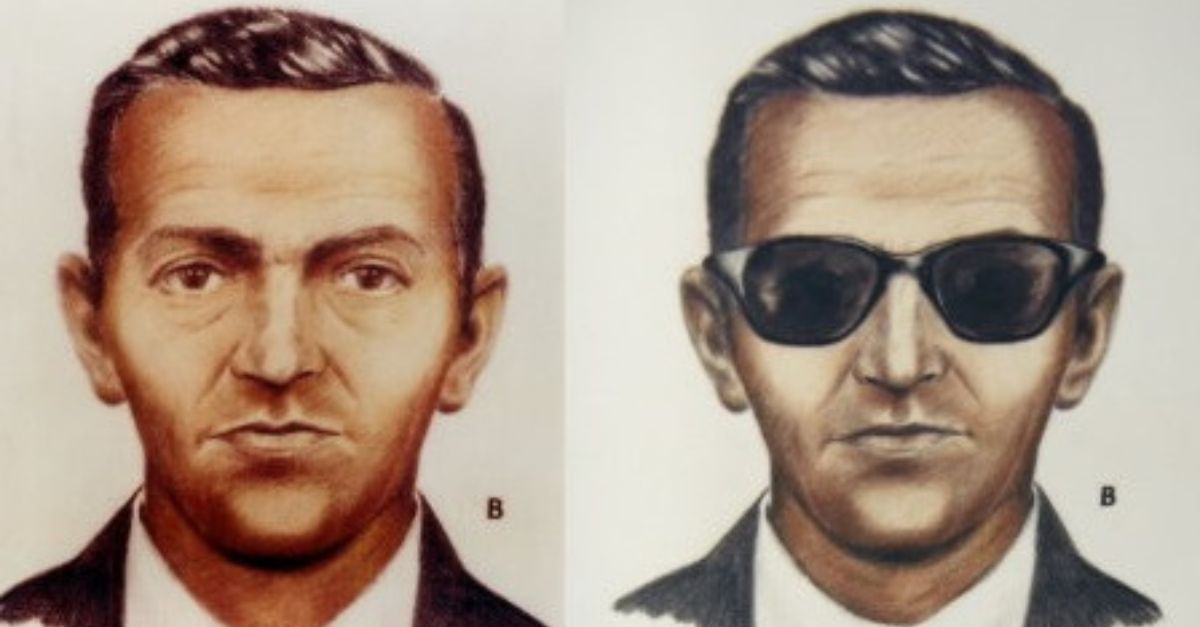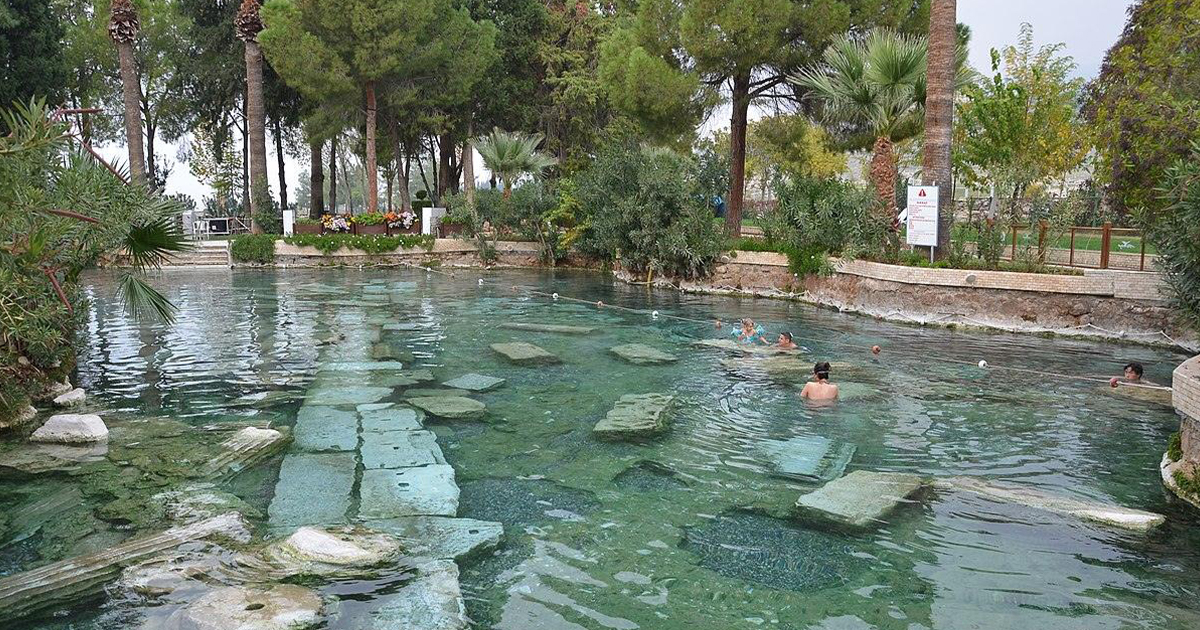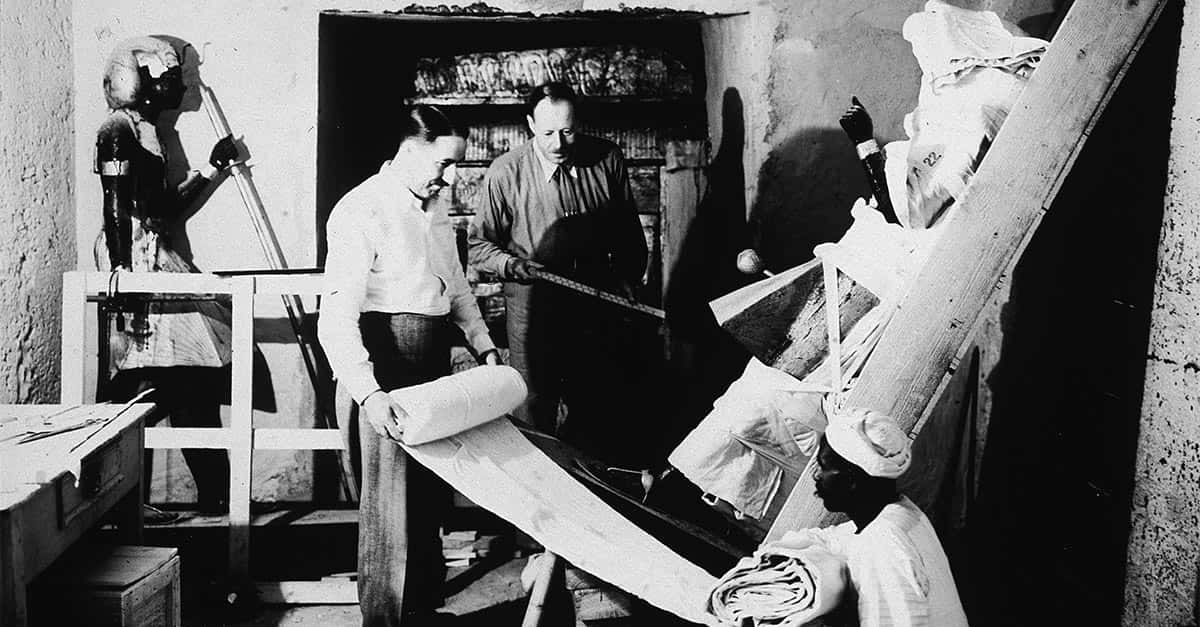Memory Lane Trip
Malls filled with laughter, restaurant mascots danced, and amusement parks illuminated summer nights. Unfortunately, such magical places are barely holding on today.

Geauga Lake
Remember those summer screams echoing across Ohio's massive amusement park? Well, Geauga Lake thrilled generations of families from 1887 until its heartbreaking closure in 2007. What began as a simple swimming and picnic area grew to rival Cedar Point, displaying 43 attractions in the early 2000s.
Geauga Lake (Cont.)
Financial struggles followed after Six Flags sold the property to Cedar Fair in 2004. Today, the 550-acre property sits largely abandoned, with only memories of the Big Dipper wooden coaster and water rides. Former visitors still treasure their souvenir pennies and park maps.
Toys "R" Us
The familiar jingle "I don't wanna grow up, I'm a Toys R Us kid" defined childhood for millions before the retail giant shuttered its 735 US stores in 2017. Founded by Charles Lazarus in 1957, this shop had endless aisles of action figures, bikes, and board games.
Toys "R" Us (Cont.)
That iconic backward "R" and Geoffrey the Giraffe mascot have become cultural touchstones across America. The company struggled with about $5 billion in debt and was spending $400 million annually just to service that debt, which limited its ability to invest in improving stores.
KB Toys
KB Toys was a prominent American mall-based toy retailer started as Kaufman Brothers, a candy wholesaler in 1922. The brand transitioned to toys by 1948 and began retail operations in the 1970s under Kay-Bee Toy & Hobby. At its peak in 1999, KB Toys operated 1,324 stores.
KB Toys (Cont.)
It also operated KB Toy Outlet stores in outlet malls and temporary holiday stores called KB Toy Express. These toys evolved into the perfect pit stop for impulse purchases. The outlet experienced financial difficulties, leading to bankruptcy filings in 2004 and 2008.
 MediaNews Group/Boston Herald, Getty Images
MediaNews Group/Boston Herald, Getty Images
Playland At The Beach
San Francisco's oceanfront playground was full of visitors for nearly six decades before the wrecking ball arrived in 1972. Playland at the Beach was more than a normal amusement park. It was a California institution where hippies, businessmen, and families mingled while enjoying cotton candy.
 Smith, James R., Wikimedia Commons
Smith, James R., Wikimedia Commons
Playland At The Beach (Cont.)
This park's famous attractions included the terrifying Fun House with Laffing Sal, the Shoot-the-Chutes water ride, and the wooden Big Dipper coaster. Opened in 1913, Playland's glory days came during the post-war boom. San Franciscans still speak fondly of It's It ice cream sandwiches.
 Unknown authorUnknown author, Wikimedia Commons
Unknown authorUnknown author, Wikimedia Commons
Discovery Zone
That unmistakable smell of socks and sanitizer greeted families entering the neon-splashed wonderland known as Discovery Zone. This indoor playground chain arrived in 1989, revolutionizing children's entertainment with its giant tube slides, ball pits, and zip lines that made physical activity feel like rebellion.
 Discovery Zone clips taken in 1995 by Nadia Eimandoust
Discovery Zone clips taken in 1995 by Nadia Eimandoust
Discovery Zone (Cont.)
DZ (as the cool kids called it) hosted birthday parties that defined early 90s childhood. Around 300 locations dotted suburban America, providing salvation for parents during rainy days and winter months. Due to its unsustainable rapid expansion, the firm closed its doors in 1999.
Frontier Village
Well, the Winchester Mystery House wasn't the only attraction drawing people to San Jose in the 1960s and 70s. Just a few miles away, Frontier Village transported folks to an idealized Old West, complete with stagecoach rides, gunfights, and Native American villages throughout its 39-acre property.
 Mliu92, CC BY-SA 3.0, Wikimedia Commons
Mliu92, CC BY-SA 3.0, Wikimedia Commons
Frontier Village (Cont.)
This western-themed wonderland ran from 1961 to 1980. Losing its battle against larger theme parks and rising land values, Frontier Village welcomed its final guests on September 28, 1980. Today, Frontier Village Way and a small playground are all that remain at Edenvale Garden Park.
 Mliu92, CC BY-SA 3.0, Wikimedia Commons
Mliu92, CC BY-SA 3.0, Wikimedia Commons
Santa's Village
Long before the era of mall Santas dominated holiday traditions, folks would drive through California's San Bernardino Mountains to see the jolly old elf at his very own theme park. Santa's Village in Skyforest was opened in 1955, offering Christmas magic regardless of season.
 Martin Lewison from The Hague, Zuid-Holland, The Netherlands, Wikimedia Commons
Martin Lewison from The Hague, Zuid-Holland, The Netherlands, Wikimedia Commons
Santa's Village (Cont.)
Developed by Glenn Holland, this snow-capped alpine village featured gingerbread houses, a candy kitchen, and Santa's workshop where elves crafted toys before children's eyes. Financial troubles forced the closure in 1998. However, the site was reopened under new ownership in 2016 as SkyPark at Santa’s Village.
Warner Bros Studio Store
The Warner Bros Studio Store was a chain of retail stores launched by Time Warner in 1991. It used to sell merchandise based on Warner Bros properties such as Looney Tunes, DC Comics, and other film and TV franchises. The chain had about 130 locations worldwide.
 Donaldytong, Wikimedia Commons
Donaldytong, Wikimedia Commons
Warner Bros Studio Store (Cont.)
These included flagship stores in Los Angeles, New York City (a large three-story store in Times Square), and several international sites. The stores fell victim to AOL Time Warner's post-merger cost-cutting, with all locations closing by 2001. Today's collectors pay premium prices for vintage Studio Store items.
 Chester from Toronto, Canada, Wikimedia Commons
Chester from Toronto, Canada, Wikimedia Commons
ShowBiz Pizza Place
Those mechanical animals of the Rock-afire Explosion band were the main attraction at ShowBiz Pizza Place. Here, animatronic entertainment and arcade games created the ultimate 1980s birthday destination. It was founded in 1980 by Atari co-founder Nolan Bushnell and businessman Robert Brock.
 Ray or Jane Schumin, Wikimedia Commons
Ray or Jane Schumin, Wikimedia Commons
ShowBiz Pizza Place (Cont.)
Interestingly, the firm's complicated history includes a bitter rivalry with Chuck E Cheese, culminating in a 1984 merger that phased out the ShowBiz brand entirely by 1992. Each location possessed the signature show stage where Billy Bob the bear and his furry bandmates performed popular songs.
 Ray or Jane Schumin, Wikimedia Commons
Ray or Jane Schumin, Wikimedia Commons
Spaghetti Warehouse
Modern restaurants didn't invent industrial-chic design. It was Spaghetti Warehouse that pioneered the concept in 1972, opening its first location in a renovated Dallas warehouse district. The family-friendly Italian chain expanded nationwide, becoming famous for its antique-filled interiors featuring real trolley cars.
 Liza Lagman Sperl from Harper Woods, USA, Wikimedia Commons
Liza Lagman Sperl from Harper Woods, USA, Wikimedia Commons
Spaghetti Warehouse (Cont.)
Lucky families could even dine inside restored public transit vehicles from the early 1900s. Its signature 15-layer lasagna and complimentary sourdough bread kept everyone returning for affordable Italian feasts amid quirky surroundings. The original flagship location said goodbye in October 2019.
 Counselman Collection from McClure, Wikimedia Commons
Counselman Collection from McClure, Wikimedia Commons
All Star Cafe
Michael Jordan, Wayne Gretzky, Joe Montana, Shaquille O'Neal, and Ken Griffey Jr were more than just sports icons. They were restaurateurs who owned Planet Hollywood's sports-themed spinoff, the official All Star Cafe. It inaugurated its first restaurant in 1995 at New York's Times Square.
All Star Cafe (Cont.)
This sports entertainment mecca quickly expanded to prime tourist areas, including Walt Disney World and Myrtle Beach. The walls displayed authentic memorabilia worth millions. Even though all places closed by 2007, the concept lives on through occasional eBay listings of branded merchandise.
Blockbuster Video
Friday nights in the 1990s meant one thing for Americans: the blue and yellow glow of Blockbuster Video, where the phrase "Be Kind, Rewind" governed the rental of VHS tapes. In 2004, Blockbuster employed around 84,300 people worldwide and operated 9,094 stores.
Blockbuster Video (Cont.)
Having a Blockbuster membership card made kids feel like they belonged to an exclusive club. Anyway, CEO Jim Keyes infamously dismissed Netflix in 2008, stating, “Neither RedBox nor Netflix are even on the radar screen in terms of competition”. By 2010, Blockbuster filed for bankruptcy.
Sizzler
Long before "all-you-can-eat" became a standard restaurant promotion, Sizzler pioneered affordable buffet dining for American families. The same was established in 1958 in Culver City, California, by Del and Helen Johnson as "Sizzler Family Steak House”. It introduced millions to the concept of the self-serve salad bar.
 Mike Kalasnik from Jersey City, USA, Wikimedia Commons
Mike Kalasnik from Jersey City, USA, Wikimedia Commons
Sizzler (Cont.)
This salad bar allowed children to pick and mix fresh ingredients while serving the food on hot, sizzling plates, making mealtime exciting. However, the number of US locations has shrunk considerably. Now they are primarily concentrated in California and nearby western states.
 Mark James Miller, Wikimedia Commons
Mark James Miller, Wikimedia Commons
Borders Bookstore
The scent of coffee beans mingling with fresh paper greeted visitors at Borders Bookstores. Here, people once spent entire afternoons browsing through towering shelves. Brothers Tom and Louis Borders founded it as a used bookstore in Ann Arbor, Michigan, in 1971.
Borders Bookstore (Cont.)
There were comfortable armchairs, in-store cafes, and extensive music departments with listening stations. Borders began the "third place" concept of neither home nor work but a community gathering space, years before it became a retail strategy. The company struggled to adapt quickly to digital books.
 Ildar Sagdejev (Specious), Wikimedia Commons
Ildar Sagdejev (Specious), Wikimedia Commons
Farrell's Ice Cream Parlour
The deafening sound of sirens and beating drums announced the arrival of the famous "Zoo" sundae at Farrell's Ice Cream Parlour. Employees dressed in pin-striped vests and straw boater hats created an atmosphere that transported diners to the turn of the century.
 MediaNews Group/Orange County Register, Getty Images
MediaNews Group/Orange County Register, Getty Images
Farrell's Ice Cream Parlour (Cont.)
This was complete with player piano music and vintage decor. Also, its menu was presented as a tabloid-style newspaper with a variety of sandwiches, burgers, sundaes, and floats. FMarriott Corporation purchased the chain in 1971 for $58 million before selling to investors in 1982, beginning a decades-long decline.
 Judy's 79th Birthday Celebrating at Farrell's Ice Cream Parlour by VoicesOnCall - VOCtv
Judy's 79th Birthday Celebrating at Farrell's Ice Cream Parlour by VoicesOnCall - VOCtv
Mervyn's Department Store
For middle-class individuals seeking quality clothing at reasonable prices, Mervyn's occupied the sweet spot between discount and luxury retail. It became particularly known for its school clothing sales that attracted crowds of parents and reluctant children each August.
 Caldorwards4 at English Wikipedia, Wikimedia Commons
Caldorwards4 at English Wikipedia, Wikimedia Commons
Mervyn's Department Store (Cont.)
The store was originally named "Mervyn's" (a stylized spelling of the founder's name). Sadly, by the 2000s, Mervyn's faced increasing financial difficulties due to competition from discount retailers, changing consumer preferences, and economic downturns. As of 2025, it operates solely as an e-commerce store.
 Amin Eshaiker, Wikimedia Commons
Amin Eshaiker, Wikimedia Commons
Noodle Kidoodle
Educational toys got their own dedicated retail space when Noodle Kidoodle launched in 1933 as a kiosk in New York's Grand Central Terminal. The concept evolved into standalone stores by 1992, expanding to 46 locations across the northeast and midwest. Parents appreciated the store's commitment to screen-free play.
 NASA Stennis Space Center, Wikimedia Commons
NASA Stennis Space Center, Wikimedia Commons
Noodle Kidoodle (Cont.)
There was also a strict policy against selling violent toys or video games. The firm's distinctive rainbow logo and slogan "Smart Toys for Smart Kids" signaled a shopping experience that focused on developmental benefits. Each store had interactive play stations where children could test products before purchase.
 InSapphoWeTrust from Los Angeles, California, USA, Wikimedia Commons
InSapphoWeTrust from Los Angeles, California, USA, Wikimedia Commons
Zany Brainy
Classical music played softly through speakers at Zany Brainy stores, where parents willingly paid premium prices for toys that promised to make their children smarter. Zany Brainy was started in 1991 by David Schlessinger (who also created Five Below) and Tom Vellios.
Zany Brainy (Cont.)
It had an extensive book selection and regular in-store events featuring storytellers, musicians, and educational demonstrations. Well, overly ambitious expansion, including the ill-fated $115 million acquisition of competitor Noodle Kidoodle in 2000, led to financial troubles and bankruptcy in 2001.
Service Merchandise
Before Amazon, Service Merchandise pioneered a unique shopping experience that blended catalog showrooms with immediate gratification. The shopping process became a family adventure, and here’s how. Customers would browse display models and write item numbers on paper slips.
 Defunct Retail Service Merchandise 1996 Spring Flyer by Retro Gaming Nook
Defunct Retail Service Merchandise 1996 Spring Flyer by Retro Gaming Nook
Service Merchandise (Cont.)
Then, they would watch with anticipation as their purchases emerged from a mysterious conveyor belt system in the warehouse area. The company's innovative retail model couldn't adapt to big-box competition and emerging e-commerce, leading to complete liquidation by 2002.
 Solution7z, CC BY-SA 3.0, Wikimedia Commons
Solution7z, CC BY-SA 3.0, Wikimedia Commons
Celebration Station
Batting cages, go-karts, and miniature golf converged at Celebration Station. This outdoor entertainment complex promised “more fun than humanly possible”. It started in 1988 as an expansion of the Bally's arcade concept. The presence of a sit-down restaurant also makes it easy to enjoy meals together.
 The history of celebration Station by SEAN COSTELLO AND FRIENDS
The history of celebration Station by SEAN COSTELLO AND FRIENDS
Celebration Station (Cont.)
Nostalgic animatronics and themed entertainment, like the Jethro P Hog show and singing characters, have historically added to the fun atmosphere. Most venues closed by 2015, though a handful continue operating under different ownership groups or rebranded as “Boomers”.
 The history of celebration Station by SEAN COSTELLO AND FRIENDS
The history of celebration Station by SEAN COSTELLO AND FRIENDS
Disney Quest
Disney built the DisneyQuest series of indoor interactive theme parks with two major locations: one in downtown Chicago, Illinois, and one at Walt Disney World Resort in Orlando, Florida. The concept featured a five-story, high-tech “virtual theme park” packed with innovative attractions.

Disney Quest (Cont.)
Here, guests would enter via a “Cyrolator” elevator (with a Genie from Aladdin intro), arriving at the “Ventureport” hub. After this, they would branch into four zones: Explore, Score, Create, and Replay. Sadly, the Chicago spot shut down in 2001, and the Orlando one in 2017.
 Steven Miller, Wikimedia Commons
Steven Miller, Wikimedia Commons
Fantasyland Entertainment Center
Fantasyland began as the Bay State Ice Arena in 1973, transitioned to the Star Wheels roller rink in the 1980s, and was turned into Fantasyland in 1993. The place grew into a giant indoor amusement park with rides, a busy arcade, and a food court.
 Abandoned Fantasyland Entertainment Center | Massachusetts by Jason Allard
Abandoned Fantasyland Entertainment Center | Massachusetts by Jason Allard
Fantasyland Entertainment Center (Cont.)
Kids especially enjoyed the mini-golf course added in 1990, bumper cars, laser tag, and various rides that offered interactive and energetic play. Unfortunately, all these rides, games, and arcade machines were auctioned off, leaving the building empty post-2020.
 Fantasy Land Fall 2013 HD by PMC Media Group
Fantasy Land Fall 2013 HD by PMC Media Group

